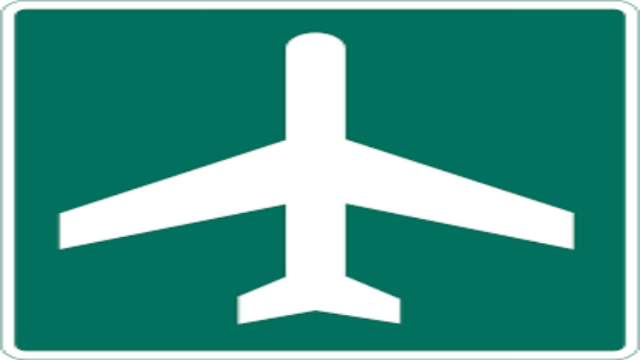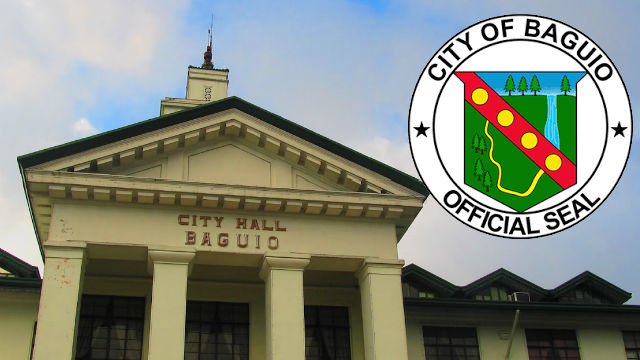CLARKFIELD, Pampanga – The Clark International Airport (IATA Code: CRK) and the Subic Bay Metropolitan Authority (SBMA) are the “twin turbo engines of growth of Northern and Central Luzon,” the executive of the state-run SBMA said on Wednesday at the Subic Bay Freeport Zone during the fifth leg of CRK’s North Luzon Road Show.
“The Port of Subic and Clark airport should serve as a super duo that can help to alleviate urban blights like vehicular traffic and port congestion in Manila,” lawyer Wilma Eisma, SBMA Administrator, said.
Eisma added that mutual cooperation is vital in achieving President Rodrigo Duterte’s directive to connect Clark and Subic free ports and turn Central Luzon into a major logistics hub.
Clark International Airport Corp. (CIAC) President and CEO Alexander Cauguiran said CRK and Subic free port will complement each other in efforts to disperse economic activities in regions.
“Since Day One, President Duterte has encouraged more carriers to utilize Clark airport, and with our more than 21 million potential passengers from our catchment population, we expect more flights via Clark in the months to come,” Cauguiran said.
President Duterte’s infrastructure plan for Central Luzon includes the multi-billion peso Clark airport’s New Terminal Building Project and the construction of a railway system linking the free ports of Subic-Clark to Metro Manila and other parts of Luzon that is planned for completion before the end of Duterte’s term.
The interconnecting railway project is expected to hasten the improvement of passenger volume at CRK and lure in more local and foreign investments especially at the Subic free port zone.
“This will definitely be a come-on for local and foreign investors and will spell further growth in the local economy of Zambales and the rest of Central Luzon,” Cauguiran said.
CRK is looking to increase passenger traffic to as much as 1.5 million passengers by year-end, and its new terminal building project, spearheaded by Transportation Secretary Arthur Tugade and Bases Conversion and Development Authority (BCDA) President and CEO Vivencio Dizon, is projected to be completed by the first quarter of 2020.
The airport logged in a total of 6,205 international and domestic flights with 950,732 passengers for local and foreign routes in 2016.
The present Ninoy Aquino International Airport (NAIA) grows at an average of two million passengers a year for the last seven years, prompting the national government to optimize the use of Clark airport for some operations of domestic and international airlines.
Cauguiran said Clark’s domestic and international flights were increased in only the first quarter of this year.
CRK serviced 950,732 passengers in 2016. This year, CRK is projecting to service approximately 1.5 Million passengers by end of 2017.
CRK at present has 138 weekly international flights and 118 weekly domestic flights, numbers expected to grow as Philippine Airlines mounts more flights later this month for Tagbilaran, Cagayan de Oro and Bacolod, and within the year, the expansion of operations of other domestic carriers specifically Cebu Pacific Air, Air Asia, Wakay Air, and SEAIR Philippines.
Negotiations are also on-going for international carriers to start operations at Clark airport by mid-2017.
By Dexter A. See













